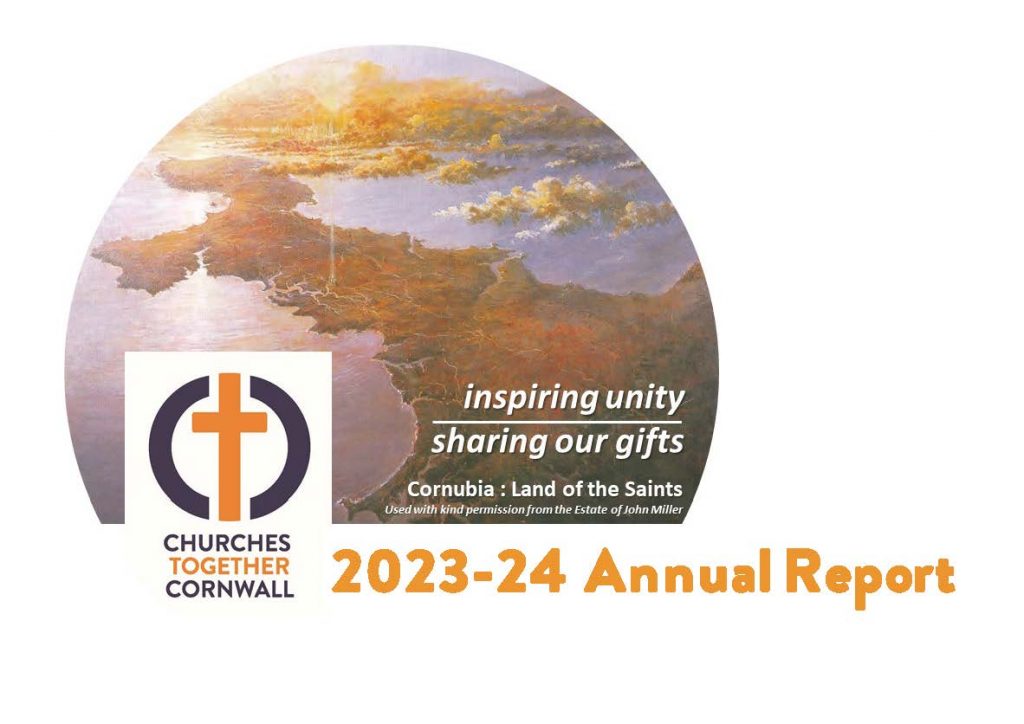Below, you can explore the kinds of changes that can help your church cut its carbon footprint. Choosing the right actions for your church will help meet the prophetic call from General Synod for all parts of the Church to be ‘net zero carbon’ by 2030.
The two diagrams show you a wide menu from which to choose. No one church could, or should, do everything. Every church is unique and the right combination of actions for your church will need careful consideration. Some are quick wins, others will need careful planning, expert advice, and fundraising.
After the diagrams, you can find links to guidance, including the Practical Path to Net Zero, our net zero webinars, case studies, and other resources.
Outside the net zero carbon church
Inside the net zero carbon church
The Practical Path to Net Zero Carbon
Find our short guidance note which summarises all the key actions you can take, the “Practical Path to Net Zero Carbon for Church Buildings”.
A great first step is to complete our self-guided checklist of your church against the ‘Practical Path’:
- this version is designed to be printed out and completed in writing, and
- this version is designed to be completed onscreen, with interactive tick-able boxes, and then saved.
Below you can watch the webinar associated with this guidance: https://www.youtube.com/embed/kpmHCFqgcXI?autoplay=0&start=0&rel=0
Does it need permission?
The path to net zero has many steps, and a lot of them are things that you can just do, without needing permission or discussion with anyone outside the PCC or church.
As a general rule, permission is not needed for any steps that are about using existing installations more efficiently, keeping ahead of maintenance and repair, and replacing lamps with more efficient ones. For changes that require some new installations, maybe better heating controls, installing a bike rack, or repairs to the building, permission will be needed from the Archdeacon.
If a step you wish to make will make a change to the character of the building a faculty will be needed. This will include things like loft and roof insulation, secondary or double glazing, permanent subdivision or new rooms within the church, and heating and lighting schemes that replace existing ones.
If a step you wish to make changes the outside appearance, such as solar panels or EV car charging posts, planning permission is often needed.
If you are unsure if permission will be needed please ask your Archdeacon or DAC Secretary. Full information about the faculty system and specific detail of what does or does not need permission is here.
Webinars, advice and support
There is a range of advice and support available to help you on your journey towards being a ‘net zero carbon church’.
People to speak to:
- Contact your own inspecting architect.
- Get advice on your building from your local DAC Secretary. Many dioceses have a sustainability or heating advisor who can give you free advice. If you don’t have their contact details, search online using the name of your Diocese and “DAC Secretary”.
- Find your local Diocesan Environment Officer.
- At a national level, contact Catherine Ross, who leads on environmental matters for the Cathedral and Church Buildings Division
Online Church of England resources:
- To calculate your church’s carbon footprint there are two tools available. Start with the simple Energy Footprint Tool. This only takes a few minutes and lets you calculate the carbon footprint from your use of electricity, oil and gas. Then, if you are keen and want to go further, use 360Carbon to calculate the whole carbon footprint of energy, transport, food, and purchases.
- Find our net zero carbon webinar programme, with a wide range of relevant topics.
- Read case studies of churches who have made changes.
- Find neighbouring churches who have installed renewables like solar PV and heat pumps.
- Commission an energy audit of your church.
- Find our funding guide (scroll down to number 4).
Key resources on buildings and energy efficiency from external organisations:
- Historic England – energy efficiency.
- Historic England – building services.
- Society of the Protection of Ancient Buildings.





